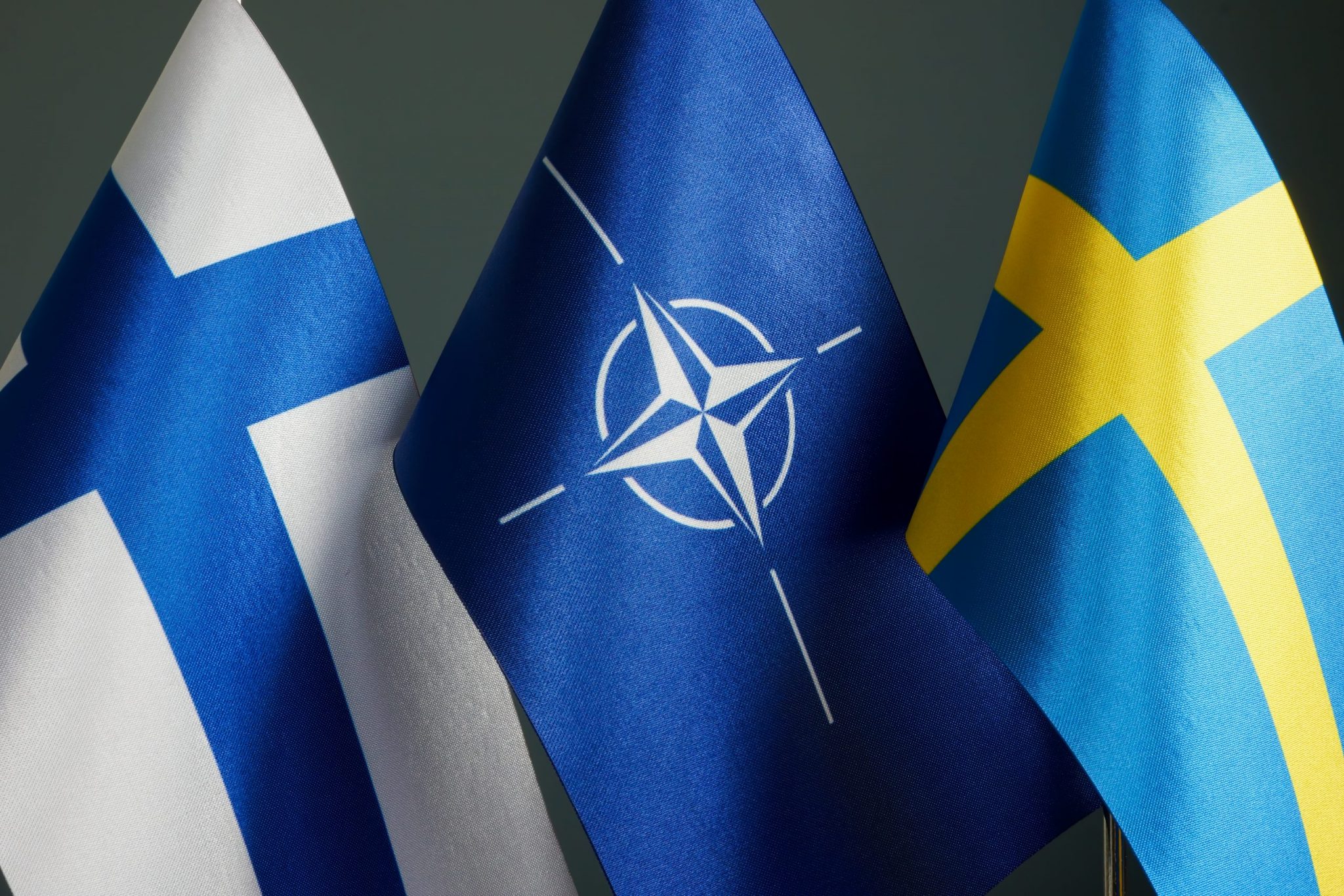Finland and Sweden are applying for NATO membership, with both countries drawing a direct link between the Russian military’s unconscionable war against neighboring Ukraine and the need for the formal security guarantees the NATO alliance provides. Finland especially has reason to seek NATO membership. It shares approximately 800 miles of border with a country that has an increasingly unpredictable and aggressive aging autocrat for a president: Vladimir Putin.
Helsinki and Stockholm have long prized their neutrality, even as they have cultivated close ties, including military interoperability, with NATO allies. Polling numbers supporting NATO membership in both countries have historically been well below 50 percent. But Russia’s aggression in Ukraine has significantly changed the calculus in Finland, where support has ballooned to 76 percent, and in Sweden, where nearly 60 percent of citizens approve of joining the alliance.
The Russian government’s first formal response came from the Ministry of Foreign Affairs (MFA), which responded to Finland’s announcement by threatening “retaliatory steps, both of a military-technical nature and other nature.” Military-technical measures are a rather oblique and bureaucratic term, but the Russian MFA likely has in mind a Russian military build-up along the Russo-Finnish border and in the Baltic Sea and Arctic regions. Former Russian President and Prime Minister Dmitry Medvedev stated as much in April, when he said “…[land] borders would have to be strengthened,” and that Russia will have to “seriously strengthen the grouping of land forces and air defense, deploy significant naval forces in the waters of the Gulf of Finland.” Medvedev added Russia could deploy nuclear weapons to its Baltic exclave of Kaliningrad.
On May 16, President Putin downplayed the threat the Nordic countries’ accession represented to Russia, but similarly warned that any deployments of NATO military infrastructure in Finland and Sweden would provoke a Russian response.
The military-technical measures referenced by the Russian MFA could also mean asymmetric, non-military operations against both countries. A Russian military attack on either country cannot be discounted, of course, but it is low probability considering that it would cause NATO allies to invoke Article 5 and the escalatory spiral that could lead to World War III. What’s more likely is for Russia to use tools like cyber operations and disinformation to try to destabilize government institutions and societal cohesion.
As ASD’s Authoritarian Interference Tracker shows, Russia has already used such asymmetric tools against both nations. Notably, in 2016, the Finnish government reported that Russian state media launched a disinformation campaign targeting Finns, reporting on dubious allegations of Finnish authorities taking children from ethnic Russian families, calling into question Finland’s 1917 independence from the Russian Empire, and describing Finnish independence leaders as “Nazi collaborators.” As the Kremlin has been justifying its barbarism in Ukraine by claiming it is wiping out “Nazism” there, it would be unsurprising to see such claims of Finnish Nazism return to Russian state airwaves.
In 2016, Swedes faced a barrage of anti-NATO disinformation across social media, with the Russian government the alleged culprit. Stories featured false claims about NATO planning to stockpile nuclear weapons in Sweden, NATO soldiers raping Swedish women, and NATO potentially launching an attack on Russia from Sweden. This information manipulation conveniently transpired as support for NATO membership in Sweden began to rise, likely in response to Russia’s 2014 annexation of Crimea and invasion of eastern Ukraine.
In the years following Russia’s initial invasion of Ukraine, the Russian government also used cyber operations to disrupt perceived hostile media organizations in Sweden and Finland. A series of Distributed Denial of Service (DDoS) attacks crashed several Swedish news outlets in 2016—an operation that the Swedish government never attributed formally to the Russian government, but that a leaked U.S. State Department cable did. Those attacks took place two days after the Swedish Security Service published its annual threats assessment, which included a chapter on Russian disinformation. Meanwhile, in Finland, the hacking group Fancy Bear, which is linked to Russian military intelligence, launched cyber attacks against the communications servers of Finland’s largest media group, Sanoma. The group has also targeted individual journalists in Finland who have reported on the conflict in Ukraine.
Finland and Sweden’s close proximity to Russia and historical experience defending against Russian interference operations mean they are better prepared than most nations at a governmental and societal level to increase resilience and minimize the impact of Russian malign activity. They are doubtlessly preparing for the prospects of an increase in Russian asymmetric operations targeting their institutions and their citizens in the coming months. As long as Russia continues to perceive a U.S.-led NATO as its primary security threat, there is little reason to expect Moscow to stop using information and cyber operations against its adversaries.
The views expressed in GMF publications and commentary are the views of the author alone.





